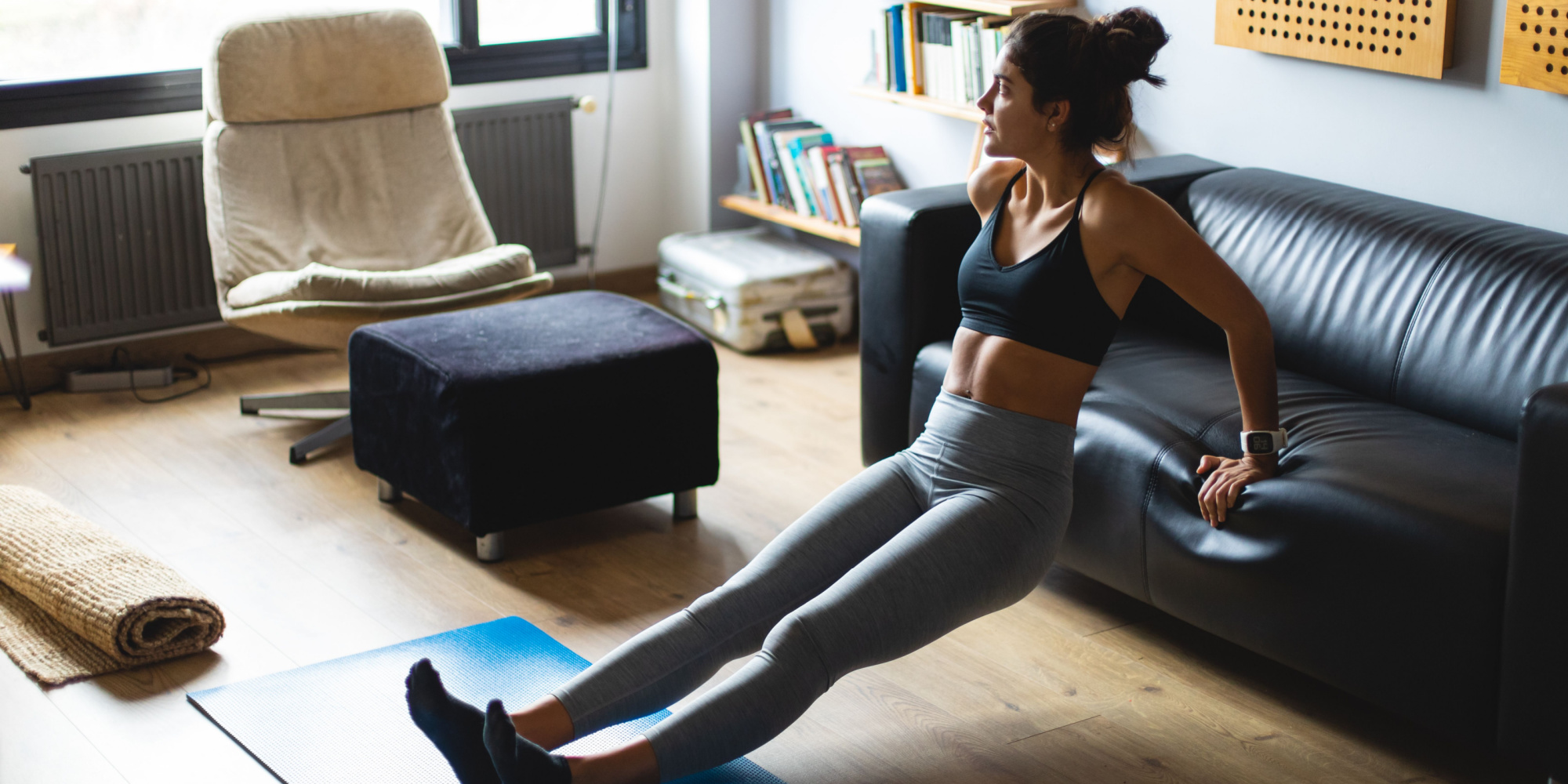Putting Together An At-Home Workout Plan
Jun 1, 2023 mindpumpProgramming your workouts at home can seem daunting, especially if you are limited to the amount of equipment you have on hand.
This post will help you determine the most important things to consider when creating your own workout plan, so that when you get ready to work out, you’re not confused, uninspired, and lost.
What Is Your Main Goal?
Not everyone wants to lose 30 pounds, or you may want to improve on your aerobic training after months of pure strength training. A program that works for one person may not work for someone else, simply based on what each individual is wanting to get out of their workouts.
Instead of thinking “I want to get stronger” or “I want to lose weight”, make it specific. Here are some examples:
I want to lose 2 inches around my waist.
I want to increase weight on my dumbbell squats at 10 reps, from 25 pounds to 40 pounds.
I want to do 20 push-ups without rest.
Establishing what your main goal is will help you visualize what your workouts will look like.
What’s on the Calendar?
Fortunately, working out at home provides you with a lot of flexibility; you can work out as early, or as late, as you’d like.
Of course, not all of us can work out WHENEVER we want, so you need to look at your calendar and schedule the best time for your workouts. This can look like 8 p.m. workouts after the kids go to bed, or during your lunch hour if you work from home. Make sure you schedule your workouts at times when they will least likely be interrupted or rescheduled.
You also want to determine how many days per week you want to work out. Be realistic with what you are capable of; it’s possible to work out 6 days a week, but how likely are you able to keep up with that?
What Should the Duration and Intensity Look Like?
If you only have time for 30-minute workouts, and you have the ability and fitness capacity to do so, you’ll want to aim to hit a max heart rate of 80-90% to get the most out of your exercises. Workouts lasting for 45 minutes to an hour, and are completed more than 4 days a week, don’t require every workout to be super intense; this can look like a max heart rate in the 70-80% range.
To achieve any sort of growth in your fitness and health, training loads must be at a sufficient level, which is why there needs to be some level of difficulty. Everyone is different, so a challenging workout for one person may be more of a base level workout for someone else. That’s okay, because you also don’t want to excessively work out as well.
If you have a hard time measuring your heart rate, or you don’t have a device that does that for you, utilize the Rated of Perceived Exertion (RPE) Scale. Using a scale of 0-10, you rate the intensity of the exercise, with 0 being nothing at all, to 10 feeling like you have difficulty breathing, extreme exhaustion, and unable to complete another rep without compromising form.
It’s Time To Program
Now it’s time for the fun part.
With each workout, you should fit in at least 10 minutes of warm-up exercises to get both your heart rate up and prepare your joints for the more strenuous exercises to come.
The types of exercises you include in your workout will depend on your goal. If you are focusing on the upper or lower body, make sure to include at least one rest day in between your next upper or lower body workout. Those who are at an intermediate to advanced level of training can probably get away with a higher volume of exercises dispersed throughout the week (MAYBE even on back-to-back days, depending on intensity), but someone who would consider themselves a beginner or fairly inexperienced shouldn’t do multiple focus days in a row. In fact, total body workouts would be most beneficial for this group.
After your workout, you’ll want at least 5 minutes to cool down–same as any other workout!
Just remember, no matter what fitness level you are at, periodization is important. After 2 to 3 months of the similar workout styles and exercises, you’ll want to start mixing things up to ward off plateauing or creating muscle imbalances. If you’re running out of ideas on what exercises to include in your next set of workouts, many of Mind Pump’s individual fitness programs include programming systems that can carry over to an at-home setting, so you’ll never get bored with the same movements.
Check out additional Mind Pump blog posts, like how to set up a home gym, which will make your at-home workout plan easier to plan and execute.







